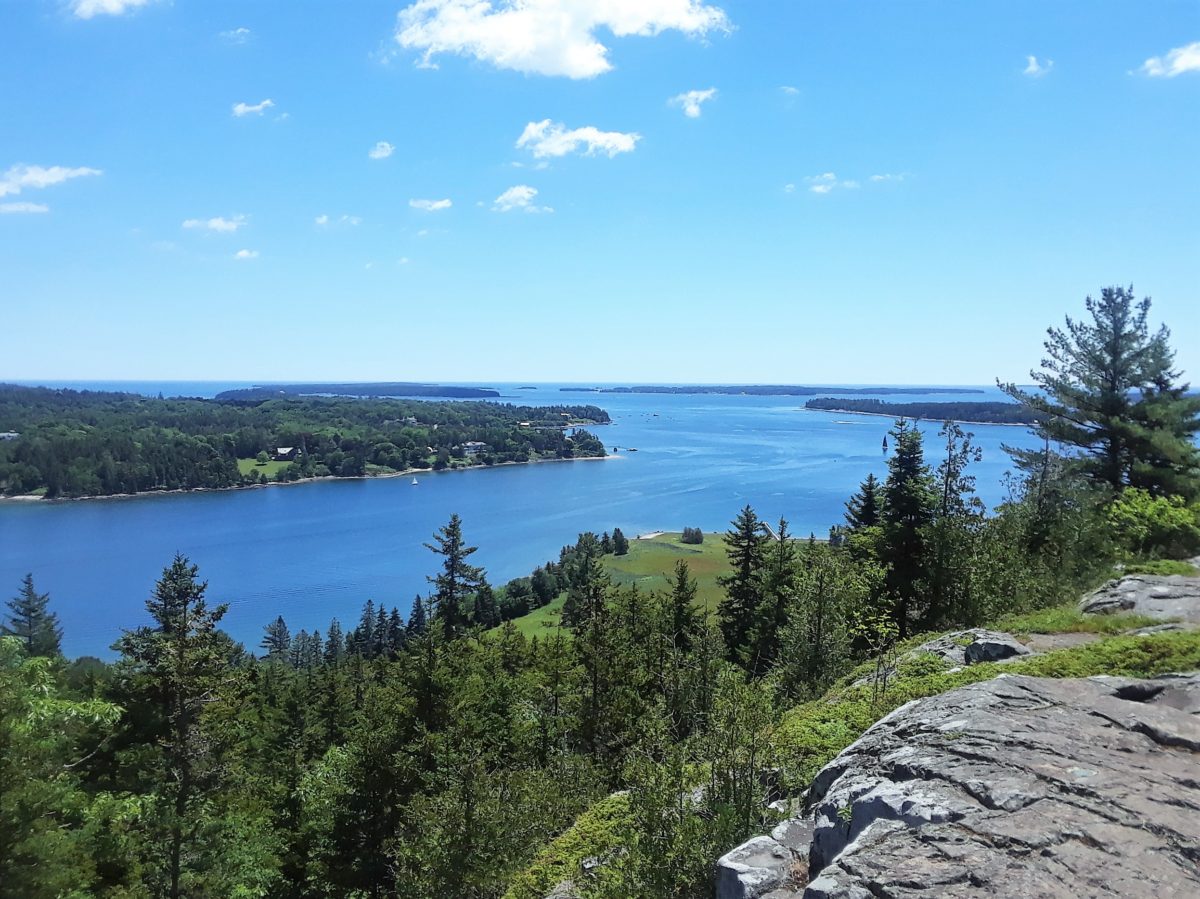Staying in Cancun over the Christmas holidays, I decided to leave my all-inclusive escape bubble and journey out to see some of the amazing Yucatan beauty. I have been to Cancun before and seen the Mayan ruins, visited Tulum and Playa del Carmen, but had never ventured to Isla Mujeres, a beautiful little island about 30 minutes ferry ride from Cancun.
 While there are several ferry companies to choose from, the easiest by far is Ultramar Passenger Ferry which has 4 different launch sites just in the Cancun area. One of them was literally next door to my hotel. The cost was $19 US round trip and they took US dollars, Pesos, and credit cards. From my location trips left almost every hour and half with the last trip going to the island at 8:45 PM. Final return trip from the island was at 9:15 PM.
While there are several ferry companies to choose from, the easiest by far is Ultramar Passenger Ferry which has 4 different launch sites just in the Cancun area. One of them was literally next door to my hotel. The cost was $19 US round trip and they took US dollars, Pesos, and credit cards. From my location trips left almost every hour and half with the last trip going to the island at 8:45 PM. Final return trip from the island was at 9:15 PM.
 You land at the Passenger terminal docks right in the middle of downtown Isla Mujeres. A magical little town full of tourist shops, all types of hotels and hostels, bars and restaurants, transportation businesses that rent bikes, mopeds, and golf carts. The downtown is also right next to Playa Norte, considered one to the best beaches in the Caribbean (locals say the world). It is a 5 mile stretch of beautiful white sand located on the northern part of the island. It is full year-round with tourists from all over the world mixing with the locals making for a very bohemian feel. It is also an amazing place to watch a Caribbean sunset while drinking a cool brew!
You land at the Passenger terminal docks right in the middle of downtown Isla Mujeres. A magical little town full of tourist shops, all types of hotels and hostels, bars and restaurants, transportation businesses that rent bikes, mopeds, and golf carts. The downtown is also right next to Playa Norte, considered one to the best beaches in the Caribbean (locals say the world). It is a 5 mile stretch of beautiful white sand located on the northern part of the island. It is full year-round with tourists from all over the world mixing with the locals making for a very bohemian feel. It is also an amazing place to watch a Caribbean sunset while drinking a cool brew!

Preferred transportation is by moped or golf cart that are very easy to find all over the downtown area of Isla Mujeres. Golf carts rent for 200 pesos for an hour to 700 pesos for all day. Current exchange rate is about 17 pesos to 1 US dollar. I rented a golf cart for three hours and it was a perfect way to travel around the island even if it was not very fast. As you travel south out of downtown you pass through the residential areas of Isla Mujeres. Like all parts of Mexico you will find nice and poor areas, but overall the standard of living on the island is rather high. The Cancun area has an unemployment rate of under 2 percent.


After about 20 minutes you will come to a fork in the road. To the left will lead you to Punta Sur with the old lighthouse, an Mayan fort with a sculpture garden on the cliffs above the end of island, and to the east coast road back to downtown. To the right will take you up a thin peninsula that leads back toward the north. Here you will find several private luxury hotels and the famous Tortugranja (Turtle Farm) and the Dolphin Discovery park. Breathtaking views are in all directions as you travel around the island. To completely cover the island without many stops would take about an hour but each few feet there is another view, another place to relax with a cold beer or another taqueria serving delicious fresh seafood.

As you drive up the eastern coast road you continue to pass amazing views of the Atlantic although the coast here is much rockier. Also, this part of the island has some amazing private homes that reflect the great wealth that this part of Mexico has, and the very interesting mix of architecture brought by the different cultures that have passed through this area in the last 500 years.

Returned to the town of Isla Mujeres around sunset, turned in the golf cart, and had a very lovely dinner on the beach watching a sunset while eating fresh fish tacos. Caught the 6:45 ferry back to Cancun and was in my hotel room by 7:30 PM. A perfect Christmas day!

Other things to do on Isla Mujeres are to take advantage of the world-class snorkeling and scuba diving. Dive shops exist all over the island. Another huge attraction for diving and snorkeling fans is the famous MUSA Underwater Museum of Art which is an underwater museum located in the National Marine Park surrounding the Cancun, Isla Mujeres, and Punta Nizuc area. MUSA contains over 500 sculptures of more than six different artists. The sculptures provide areas for coral growth and contribute to give shelter for fish. The Museum highlights the relationship between art and environmental science, and all of the sculptures are made from materials that promote coral life. The museum can be enjoyed by both divers and snorkelers.











You must be logged in to post a comment.